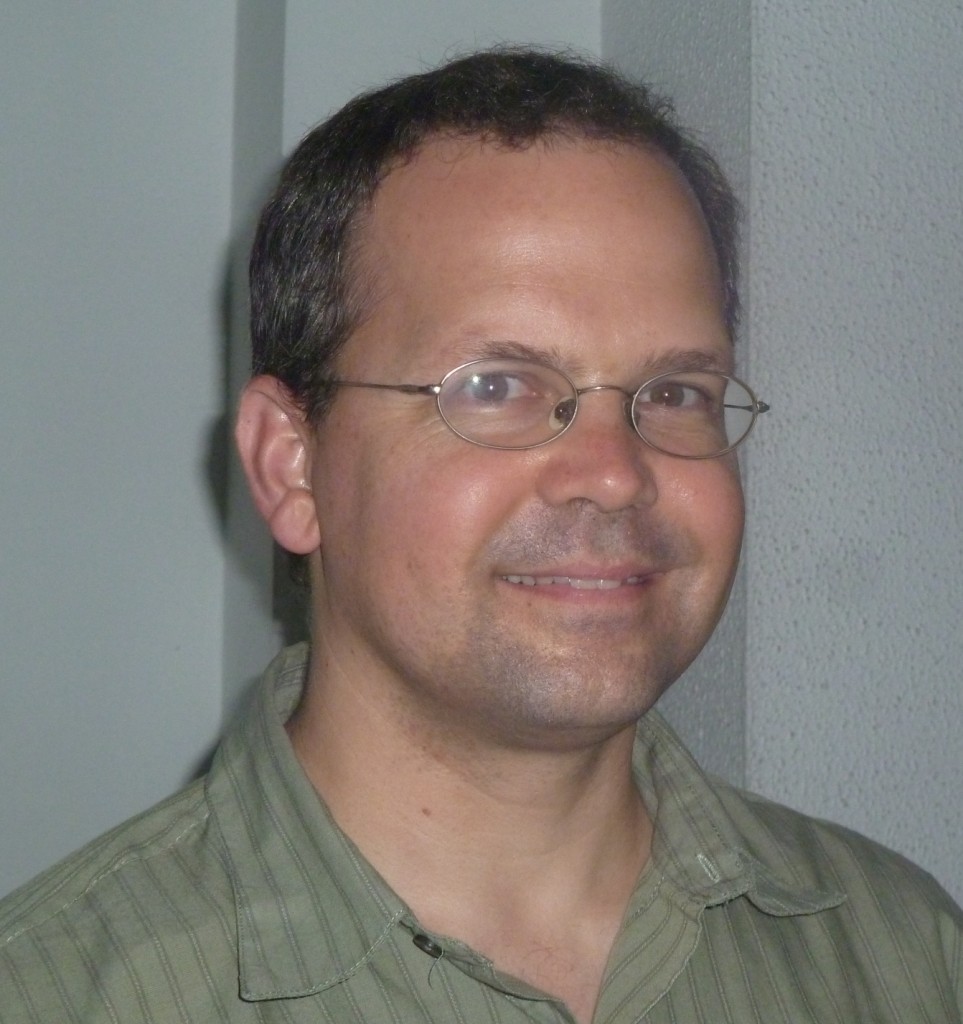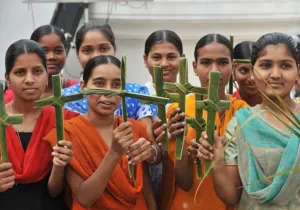“On a day like today,” Fr. Samaan Shehata was murdered in Cairo. The day was October 12, but he likely read those very words in mass just one day earlier, introducing the lives of the saints.
Hunted down and stabbed repeatedly by a Muslim extremist, his name now joins their list. Dozens have preceded him in the last few years alone, gunned down in a bus, bombed in a church, beheaded in Libya.
Godfather to Shehata’s children, Fr. Yuannis Anton said these deaths are a “tax” that Copts must pay for the peace of the church and nation. These are difficult days for Egypt, he said, and the fight against terrorism is a fight for stability.
“In the language of the church, it is our cross to bear,” he said. “But we pray with Jesus not to hold this sin against them. We are not angry nor ask for vengeance, this is not our spirit.”
Similar stances have repeatedly wowed the world as Coptic faithful forgive their enemies. But even when their call instead emphasizes justice, there is an odd sense of jealousy that indwells many in the community.
“I wish I was with him, and lost my life with him,” Fr. Biemen Muftah told C-Sat, who was with Shehata at the time of the murder. “I wish I was as ready as he was, and could be in the place he is now.”
Choking back tears, he said, “We have lost a good priest on the earth, but gained the best intercessor in heaven.”
It is these intercessors Copts learn about “on a day like today,” every time the mass is celebrated.
Called the Synaxarium, the liturgy features daily hagiographic biographies of the celebrated saints of the Coptic Orthodox Church. Read after the Acts of the Apostles and before the Gospel, it features 726 entries, 237 of which involve martyrdom. In daily readings, nearly half the year encourages the faithful to suffer even unto death.
“We are all ready to die for the Christian faith, Lord Jesus,” proclaimed Bishop Raphael at Shehata’s funeral, seeking to calm the raucous, angry crowd. “The persecution we face will not shake our love for Christ, but make us cling to it even more.”
Curiously, in what is said to be his last recording, Shehata tells CTV the story of his church’s namesake: St. Julius of Akhfahs, celebrated in the Synaxarium on October 2.
Before dying a martyr himself, St. Julius compiled the biographies of those imprisoned and killed during the 3rd-century persecution of the Roman Emperor Diocletian. Akin to the 16th-century Foxe’s Book of Martyrs in England which sustained Protestant believers during a period of Catholic persecution, so the Synaxarium does to this day.
The Catholic church gives saints a similar place in the liturgy, but there is something unique about the Coptic Orthodox. Following Constantine, as European Catholics added entries through the centuries of Holy Empire, there were fewer and fewer martyrs.
“This resulted in a natural shift in the tradition to celebrate lives of virtue as leading examples for the community of believers,” said Fr. Paul Anis of the Comboni missionary order in Egypt. “But more recently Catholic nations like Uganda have modern martyrs the church can draw from, as each country arranges its calendar as pertinent to its history.”
Egypt, however, has plenty of material to work with. Third-century Tertullian of Carthage is well-known for coining the phrase: The blood of the martyrs is the seed of the church.
Less known is his further statement that if placed on a scale, the Egyptians would outweigh the rest.
Today the Coptic Orthodox Church calls itself “the church of the martyrs,” a phrase believed to have originated during the Muslim persecutions of the Abbasid era under the 8th-century caliph Haroun al-Rashid. Gawdat Gabara, clinical professor of Coptic studies at Claremont Graduate University, believes it is the tradition of martyrdom that helped the Coptic church survive, unlike that of Tertullian’s North Africa.
His student, Ph.D. candidate Mary Ghattas describes in the Alexandria School Journal how the detailed, often gory accounts of the martyr saints serve to encourage Copts to persevere. Knowing the crown in heaven awaits, she writes, they can draw comparisons from the past in enduring contemporary persecutors, like the Islamic State (ISIS).
She gives as an example the 4th-century St. James the Mangled, celebrated on December 6, who had his limbs sawn off before being beheaded. St. Panteleimon the Physician, meanwhile, reminds the faithful of God’s concern even for the persecuting. Upon hearing a voice from heaven encourage the saint, his torturers repented, converted, and were martyred themselves.
So despite the calls for justice and anger evident at Shehata’s funeral, upon reflection many Copts fall back on their faith, inherited over centuries.
“The Synaxarium is our history, and we take it as our example,” said Fr. Anton, remembering his friend. “Fr. Samaan died as one of them, and now joins them as a silent witness to the whole world.”
—
Jayson Casper is a journalist resident in Cairo. Every week he offers Friday Prayers for Egypt, invites all to pray along, and hopes it makes a difference.
Photo Credit: Egyptian Coptic Christians attend Orthodox Good Friday mass at the Hanging Church in Coptic Cairo, Egypt, on April 10, 2015. Xinhua/Pan Chaoyue, via Flickr.







 Sponsor a student for Christianity & National Security 2024
Sponsor a student for Christianity & National Security 2024